Arc faults are one of the most critical problems that can arise in solar installations. That is why it is crucial to understand what arc faults are, how to prevent them and how to solve them. So, this article will explain arc faults in photovoltaic installations in detail.
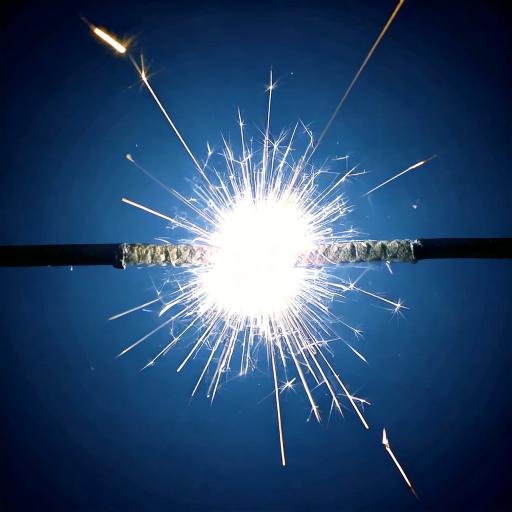
What is an Arc Fault?
An arc fault is the flow of electrical energy across an air gap via ionised gas molecules. In other words, an arc fault occurs when electricity jumps between two conductors. This creates a spark that can cause overheating, fires, and damage to electrical equipment. Although air is normally considered a non-conductive medium, a high potential difference (voltage) between two conductors nearby can cause air molecules to break down into their ionised constituents (called “plasma”). So, they can carry a charge from one electrode to the other.
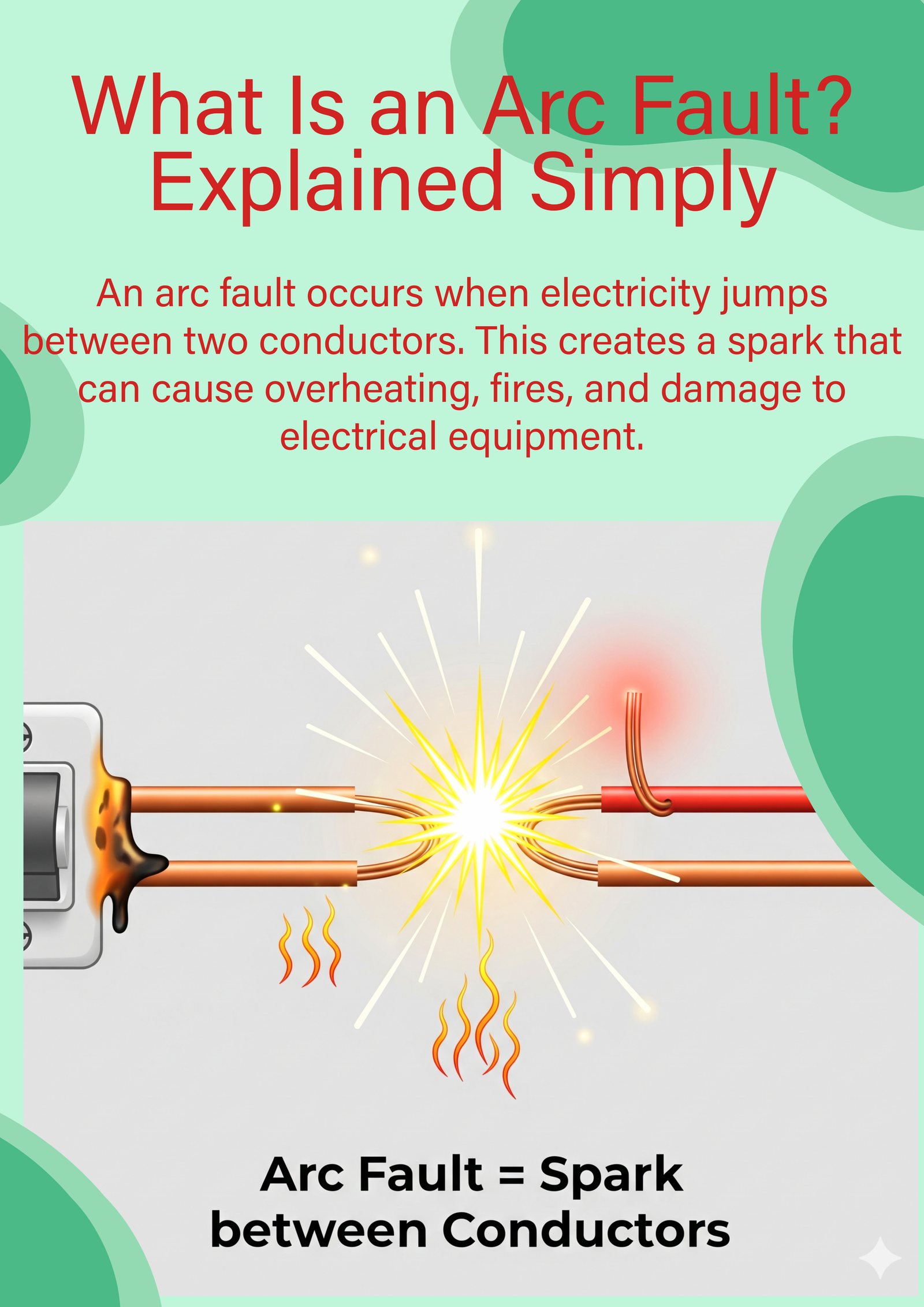
An arc’s temperature depends on several factors, such as the level of current flow. It can even reach up to 20,000 degrees Celsius. But in a typical photovoltaic system, it is hot enough to melt glass, copper, and aluminium, and start the combustion of surrounding materials. DC arc faults occur in the DC wiring of photovoltaic systems.
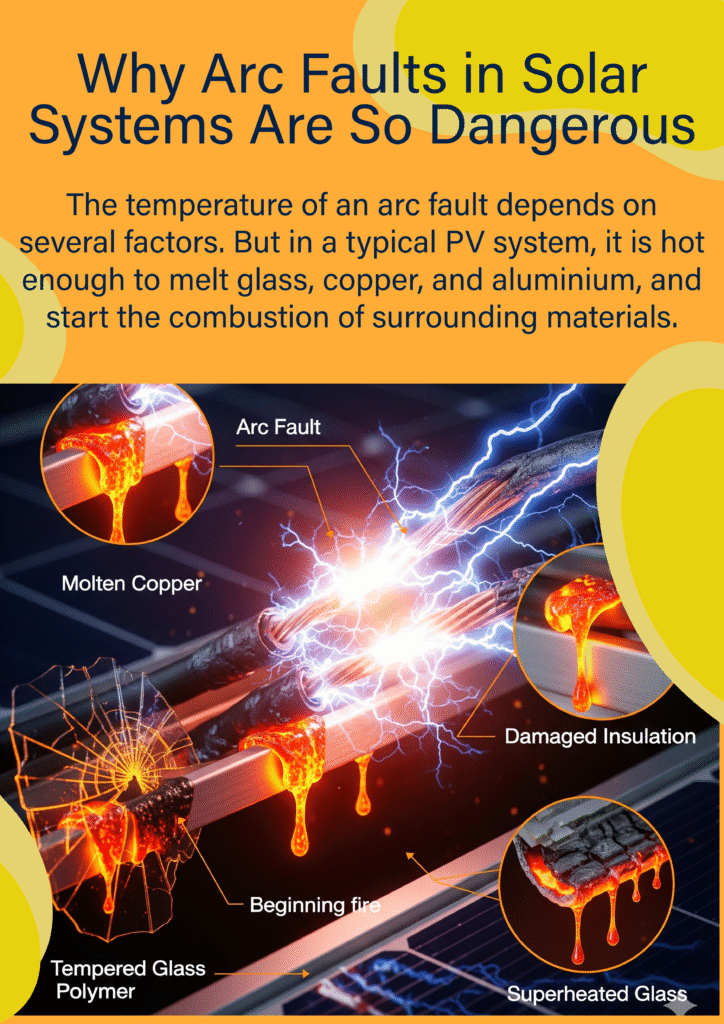
What is an Arc Fault in Photovoltaic Installations?
Arc faults can be even more critical in photovoltaic systems because of the direct current (DC) they handle. Unlike alternating current (AC), in which the flow of energy is regularly interrupted and changed direction, direct current flows in only one direction and in a constant manner. So, this can then make an arc fault more persistent and difficult to extinguish. This makes arc faults one of the main safety concerns in solar installations.
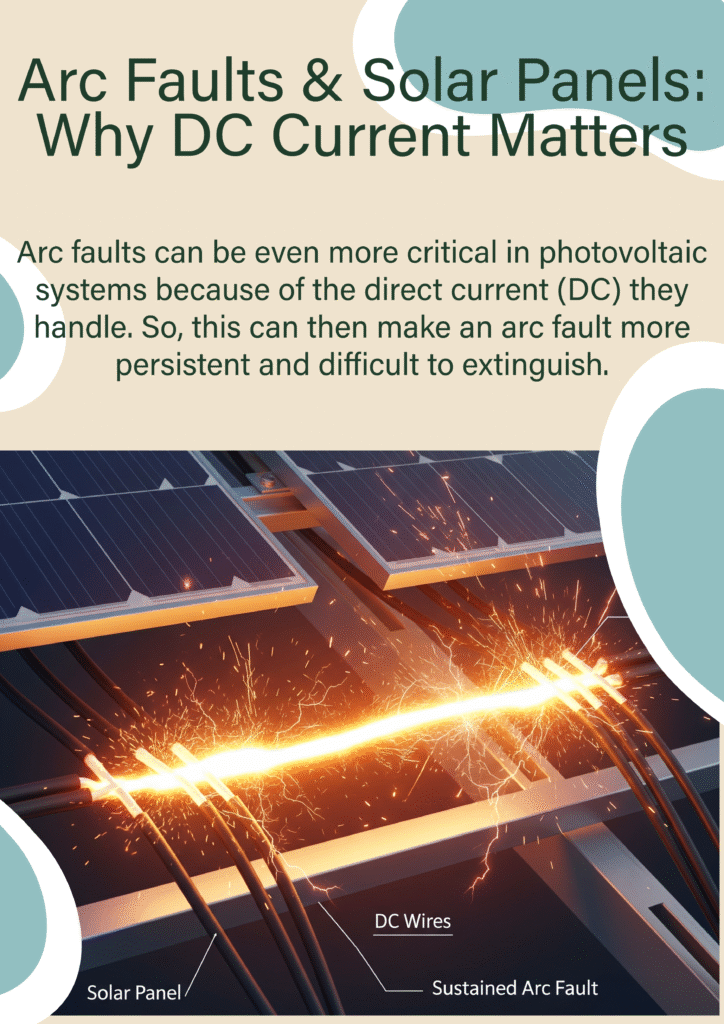
An arc fault is primarily voltage-dependent. The arc can be relatively small in low-voltage solar systems (80 volts or less). However, as you add more panels in series, the voltage and the risk of arc fault increase. So, it is crucial to prevent this issue in systems with voltages above 80 volts DC.
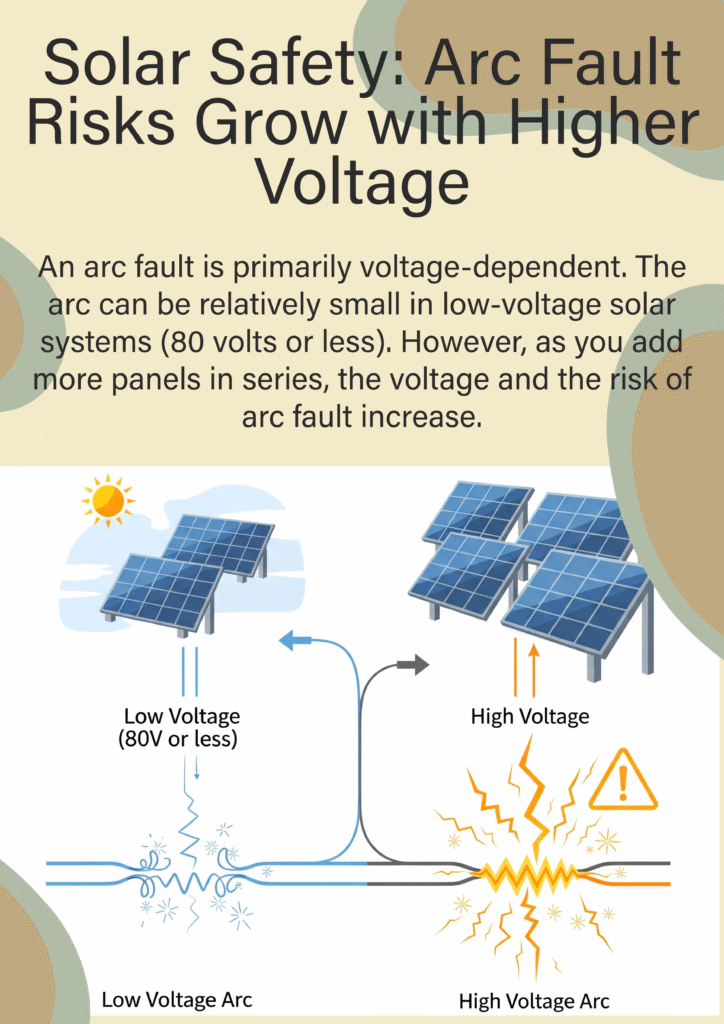
To sum up, arcing is voltage-dependent, not current-dependent. The distance electrons can jump through the air is determined by voltage. This also depends on the number of panels in series in the installation. In well-executed installations, arcing is a latent but manageable problem.
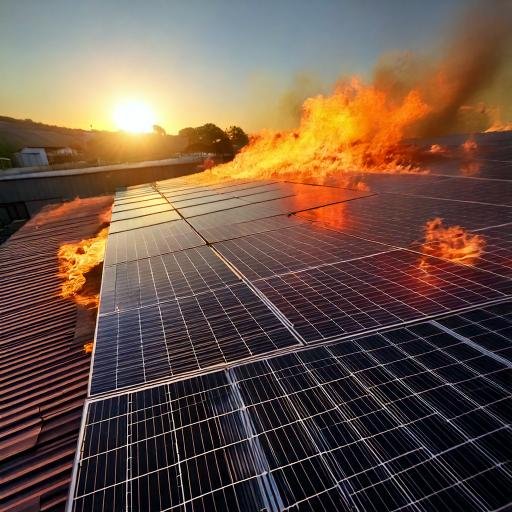
Where do DC Arc Faults Occur in a PV System?
DC arc faults in solar systems typically appear where there are worn connections or cables. Here are some common areas where they can occur:
- Connections between PV modules.
- Inverters, where DC is converted to AC.
- Poorly tightened connections or cables damaged by weather or rodents.
- Switches and junction boxes that have not been adequately protected.
For example, in a small 2 kW home PV system, there are approximately 26 connections in the DC circuit. All of these connections made by the PV installer are a potential point of failure. There are also additional connections within the PV modules, DC isolators, and the string inverter that are potential points of failure.
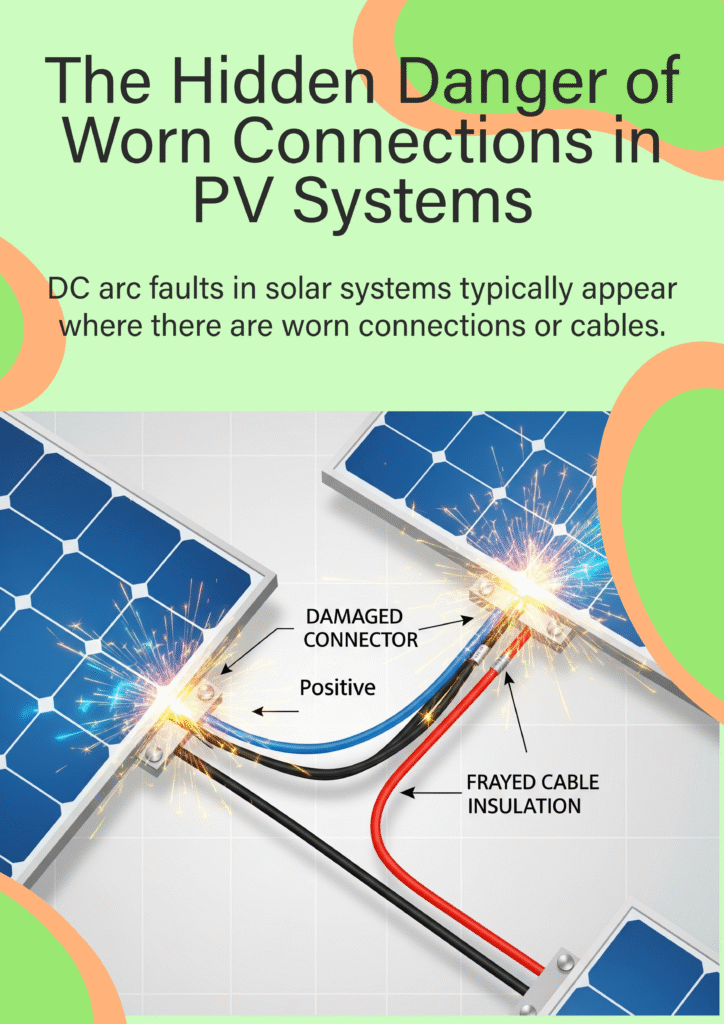
How to Find an Arc Fault in a Solar Array?
AFCI, or Arc Fault Circuit Interrupter, is a device you may use to detect arcs in an electrical circuit and interrupt the flow of current. It is installed in many types of electrical circuits to reduce the chances of a fire because of faulty wiring, bad connections or any damage to the wires.
For photovoltaic systems, it is designed to detect arcs in the DC combiner box. In case of an arc, the AFCI circuit will alert the main control CPU in the inverter and interrupt the power conversion process thus interrupting the flow of direct current. In this way, you can reduce the chances of fires related to DC wiring.
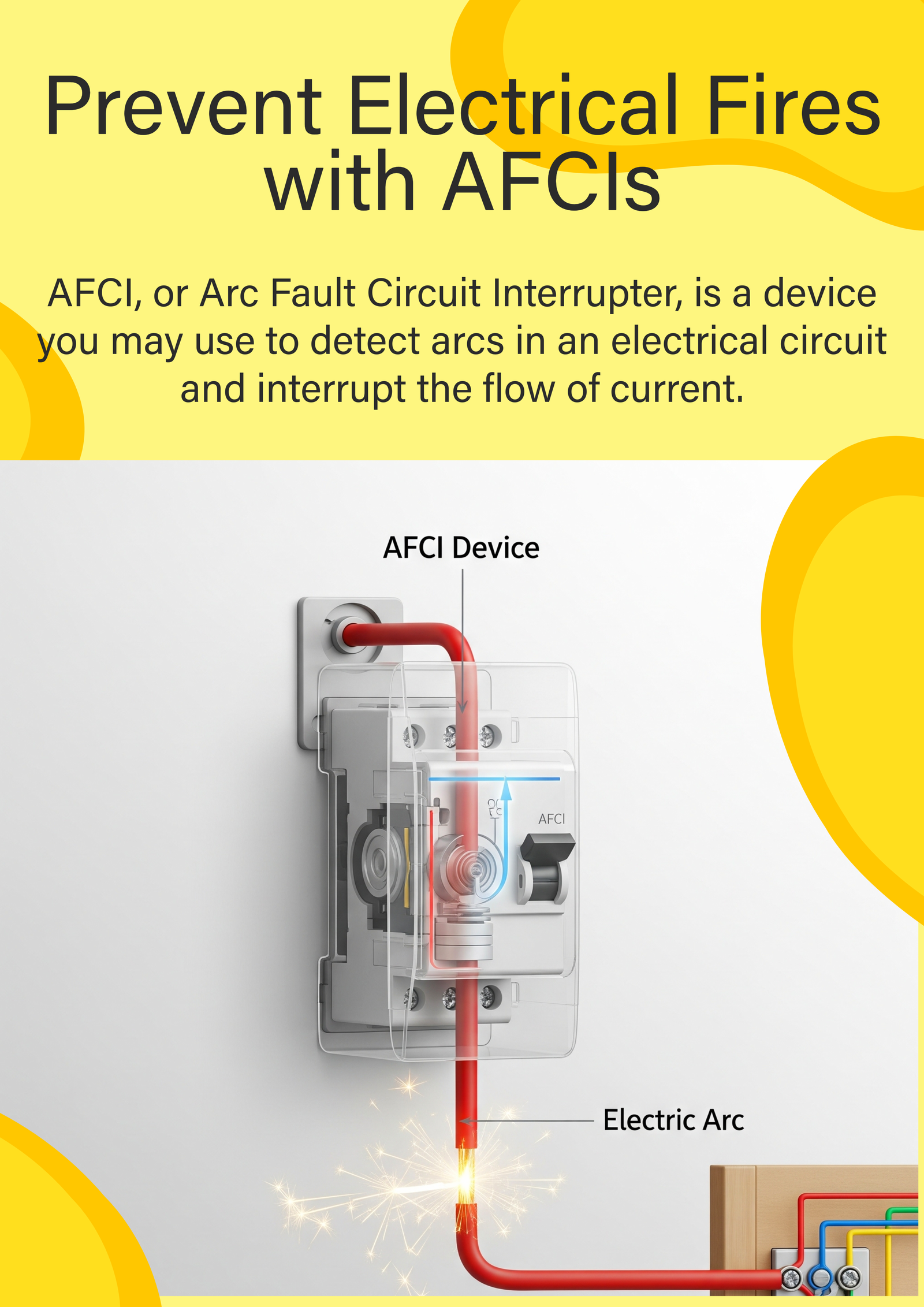
Types of Arc Faults
There are three common types of Arc Faults:
Series
A series arcing occurs when a connection is broken while the photovoltaic power is producing current. This is the most common type in photovoltaic installations and usually results from loose or damaged cables.
Any intermittent connection in the DC circuit could produce a DC arc fault. These connections can include soldered joints within the module, compression-type cable connections, connectors used on cables connected to the PV modules, connections on DC isolators, and connections at the inverter. Or also any DC circuit in the inverter or DC wiring in the string circuit.
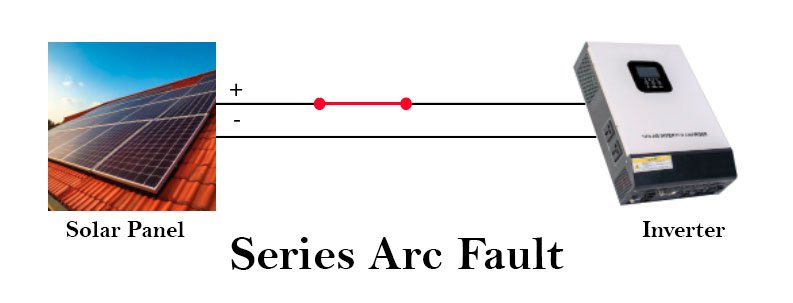
Parallel
Parallel arcs occur when there is a break in the insulation system and current flows between positive and negative. Two conductors of opposite polarity in the same DC circuit are often installed very close. The insulation between the two wires can become ineffective because of animal tearing, UV decay, brittleness, cracking, moisture ingress or mechanical damage.
This type of fault is not so common but more dangerous. Parallel arc faults can continue along the conductors towards the inverter burning materials along the way.
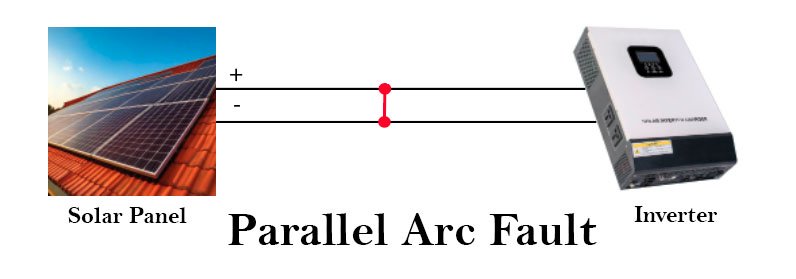
Line-to-Ground Fault
This fault only needs the failure of a grounded insulation system. This can be the frame of a PV module, the PV array structures, the roof, or any other grounded surface.
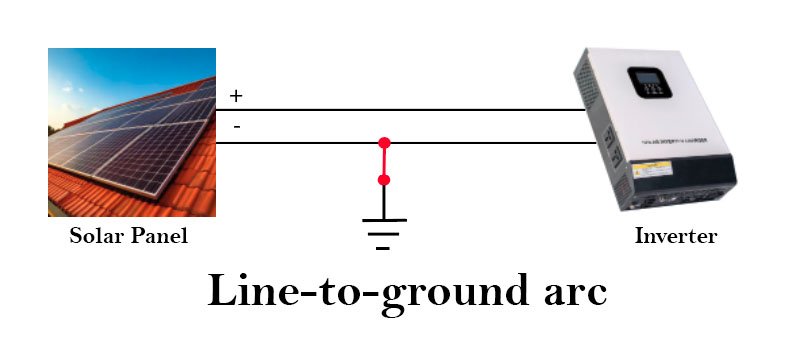
KEY INFO
Often, a fault can start as one type of fault (e.g., series fault) but develop into a different type of fault (e.g., parallel fault).
What are the common factors that cause arc faults in a PV system?
Several factors can trigger an arc fault in DC systems, including:
Conductor continuity issues because of:
- Loose connectors because of poor installation
- Loose connectors because of poor-quality connections
- Corrosion of connections over time
Insulation system problems:
- Degradation of wiring insulation over time because of UV exposure
- Cracking of wiring insulation over time because of temperature changes (hot-cold)
- Degradation of wiring insulation for ageing
- Damage to insulation by animals or during installation
Moisture/water ingress:
- Into cables, and conduits.
- To DC connectors for poor installation or because of seal degradation over time
- To inverter
- To PV module or junction box
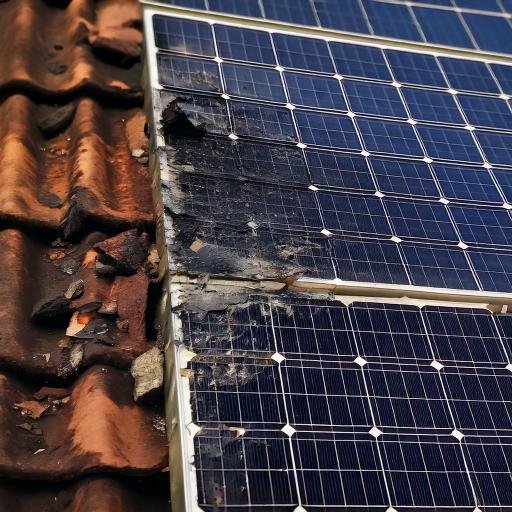
How can arc faults in solar panels be prevented?
Preventing arc faults in solar systems starts with a professional, high-quality installation. Here are some practices that can significantly reduce the risk:
Using AFCI
These devices are essential to detect and stop electrical arcs before they become a bigger problem. If the voltage exceeds 80 volts, your inverter must have an arc detection system. This will only detect arcs in direct current because it detects the current that enters the inverter. And if it finds variations equivalent to an arc, it will block it.
What faults will they detect? Well, the fault in constant current or in the line itself. So, a problem when connecting the MS 4 in series or something similar. If you have a fault in parallel , as that fault is before the inverter, the inverter will not be able to detect it or interrupt it.
Do all inverters have it? No, not all inverters on the market have it at the moment. Is it really necessary to have it? Well, a well-made installation will not need this system that much. But, imagine, it’s like a car: no matter how safe you drive, it’s always good to have your seatbelts on and airbags on.
Cable protection
Use tubes or channels to protect the cables from rodents and weather elements. If there is a fault in parallel, there is not much we can do through the inverters because the fault is before the inverter. And even if the inverter turns off, that fault will continue.
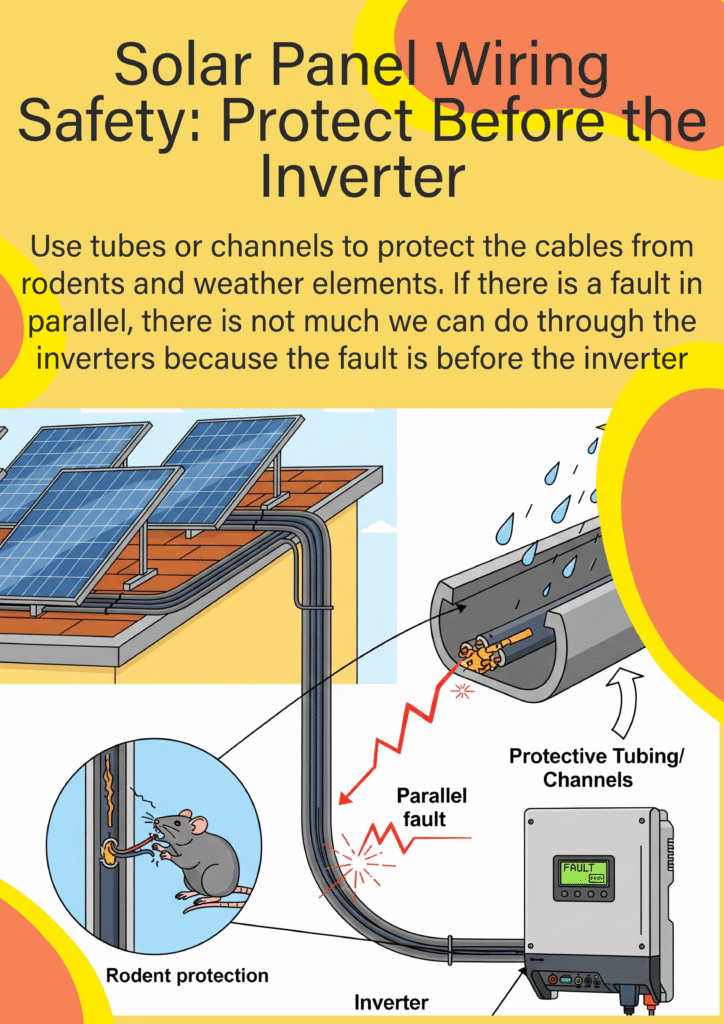
In this case, we recommend using metal conduits (EMT -Electrical Metallic Tubing) so that, in the event of an arc fault, it remains within the conduit or the protection itself, and is extinguished.
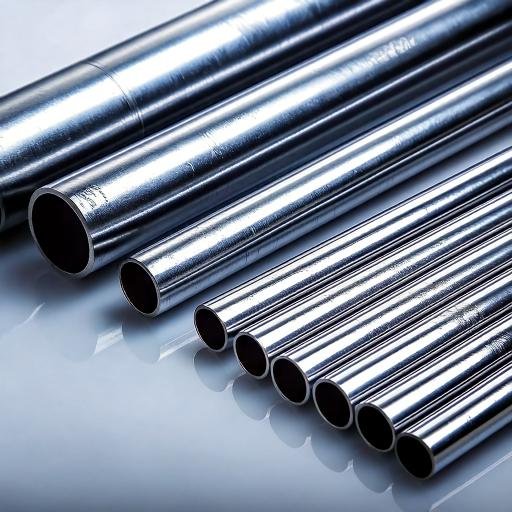
Use of certified components
Make sure that all the components of the system comply with safety standards. MC4s that are not properly adjusted or using different brands of MC4 can cause problems. So, always use the MC4s that the inverter manufacturer sends you.
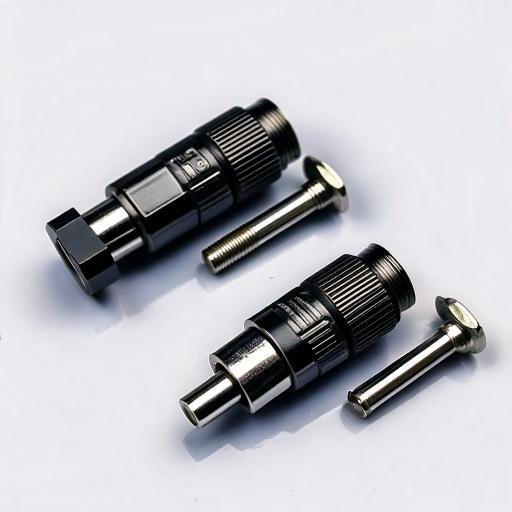
How do you solve an arc fault?
If you detect an arc fault in your solar installation, it is essential to act quickly. The first measure should be to disconnect the system immediately to stop the flow of electricity. Then, an inspection should be carried out to locate the source of the problem. We always recommend contacting a professional to avoid further damage or fire risks.
What is the main cause of arc fault?
The most common cause of arc faults in solar installations is the deterioration of connections and cables. This can occur because of poor installation, natural wear and tear, or damage by external factors such as weather or animals. Over time, even small imperfections can trigger an arc fault if you don’t detect and fix them in time.
Conclusion
Arc faults in solar installations are a considerable risk to the safety and performance of the system. However, with proper maintenance, the implementation of AFCI devices, and the use of high-quality components, these problems can be largely prevented.

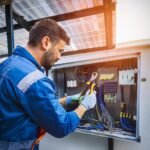

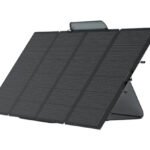
Leave a Reply